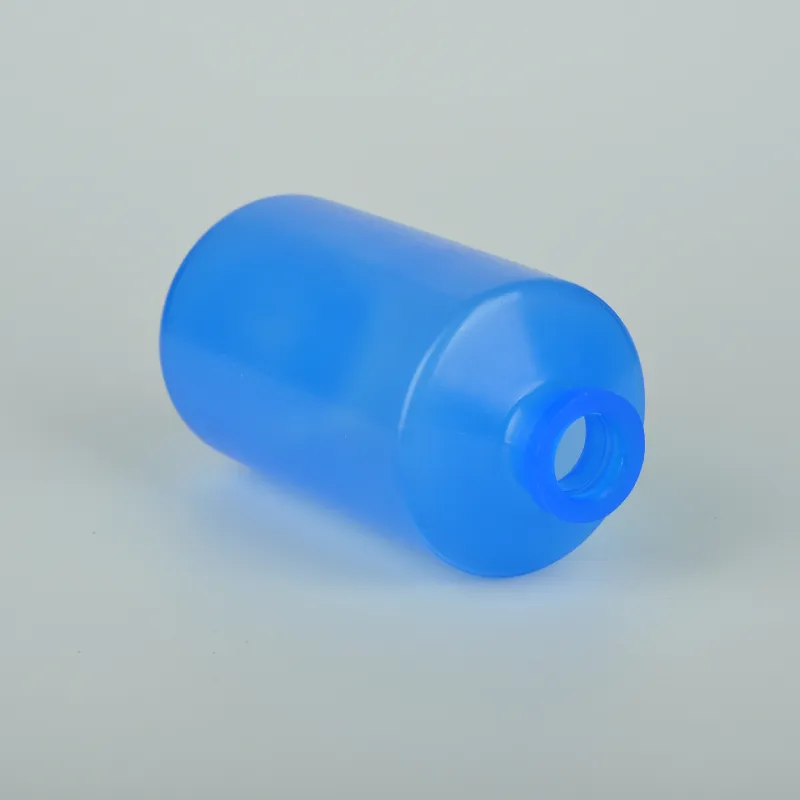Exploring Various Types of Laboratory Sample Tubes for Efficient Analysis
Understanding Laboratory Sample Tubes Types, Uses, and Best Practices
Laboratory sample tubes are essential tools in various scientific and medical fields, facilitating the collection, transportation, and storage of biological and chemical samples. Their significance cannot be understated, as they play a crucial role in ensuring the integrity of samples that are to be analyzed. This article aims to provide insights into the different types of sample tubes, their uses, and best practices associated with them.
Types of Laboratory Sample Tubes
1. Vacutainer Tubes One of the most commonly used laboratory sample tubes is the Vacutainer. These tubes are designed with a vacuum seal that allows for easy collection of liquid specimens, such as blood, without the need for manual aspiration. Vacutainers come in various colors, each indicating the type of additives contained within the tube. For example, a red tube is typically used for serum collection, while a lavender tube usually contains EDTA as an anticoagulant for plasma collection.
2. Centrifuge Tubes Centrifuge tubes, often made from polypropylene, are designed to withstand the high speeds of centrifugation. They are ideal for separating components of blood or other mixtures. These tubes are usually graduated, allowing for accurate measurements of the volume of liquids. They are available in various sizes, commonly ranging from 15 mL to 50 mL.
3. Microcentrifuge Tubes Microcentrifuge tubes are smaller versions of centrifuge tubes, typically holding up to 2 mL of liquid. They are frequently used in molecular biology for applications that require a small sample volume, such as PCR (Polymerase Chain Reaction) and DNA extraction. These tubes can be used at high speeds in microcentrifuges, and many are designed with a locking mechanism to prevent leaks.
4. Transport Tubes Transport tubes are specially designed to safely carry samples from the collection site to the laboratory. They often include preservatives to maintain sample integrity during transit. Commonly used for specimens that are temperature-sensitive, such as urine or saliva samples, these tubes ensure that the sample remains viable for testing once it reaches the lab.
Uses of Laboratory Sample Tubes
lab sample tubes

Laboratory sample tubes are utilized across a broad spectrum of applications, including clinical diagnostics, research, and pharmaceutical development. In clinical settings, they are primarily used for blood collection, urine analysis, and other bodily fluid testing. In research laboratories, sample tubes facilitate experiments in biochemistry, molecular biology, and pharmacology.
One of the critical factors in using laboratory sample tubes is the compatibility of the tube material with the sample type. For instance, some assays might be affected by certain additives or materials, so selecting the appropriate tube is imperative to obtain accurate results.
Best Practices for Using Sample Tubes
- Labeling Always label your tubes clearly and accurately before collection. Include essential information such as the patient’s name, date, time of collection, and type of sample. This practice minimizes the risk of mix-ups and ensures that samples can be traced back to the individual.
- Avoiding Contamination Handle sample tubes with care, ensuring that the inner surfaces do not come into contact with potential contaminants. Avoid touching the inside of the tube or the collection stopper.
- Storage Conditions Be aware of the recommended storage conditions for different types of samples. For example, some samples may need to be frozen, while others should be kept at room temperature or refrigerated.
- Follow Protocols Adhering to established protocols for sample collection and handling is critical. This ensures the integrity of the sample and the reliability of the test results.
In conclusion, laboratory sample tubes are indispensable in the scientific and medical fields, facilitating the proper handling of samples for analysis. By understanding the different types of tubes, their specific uses, and following best practices, professionals can ensure high-quality results in their work. As technology advances, the development of new and improved tubes continues to enhance the efficiency and reliability of laboratory testing.
-
Aesthetic Makeup Spray Bottles | Fine Mist Empty RefillableNewsAug.19,2025
-
White Plastic Veterinary Vaccine Vials | Lab Liquid BottlesNewsAug.18,2025
-
Plastic Medicine Liquid Bottle: Secure Flip Top Drug VialsNewsAug.17,2025
-
Durable 250ml Blue Plastic Vaccine Vial for Lab & Vet UseNewsAug.16,2025
-
Sterile Virus Sample Tubes: Secure & Reliable Specimen CollectionNewsAug.15,2025
-
White 250ml Plastic Vaccine Vial for Lab & Vet MedicineNewsAug.14,2025
























